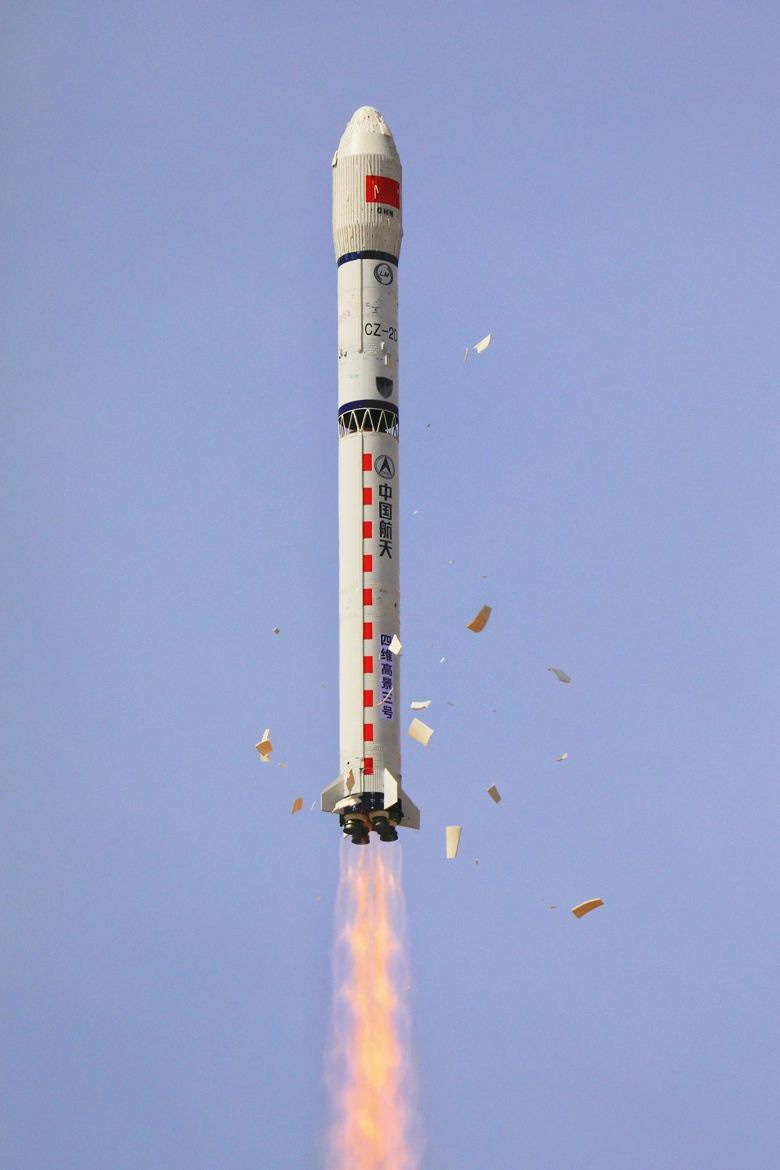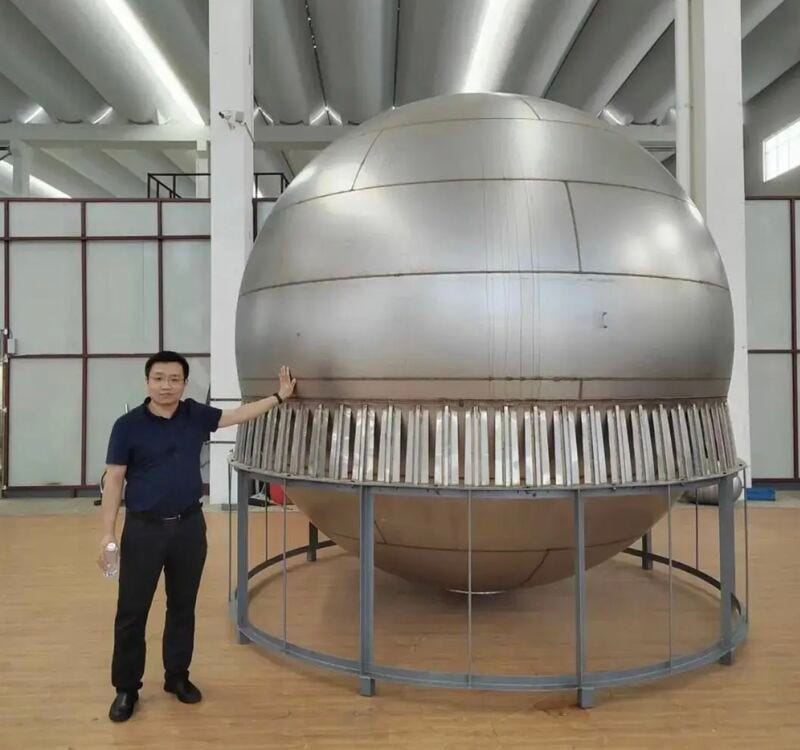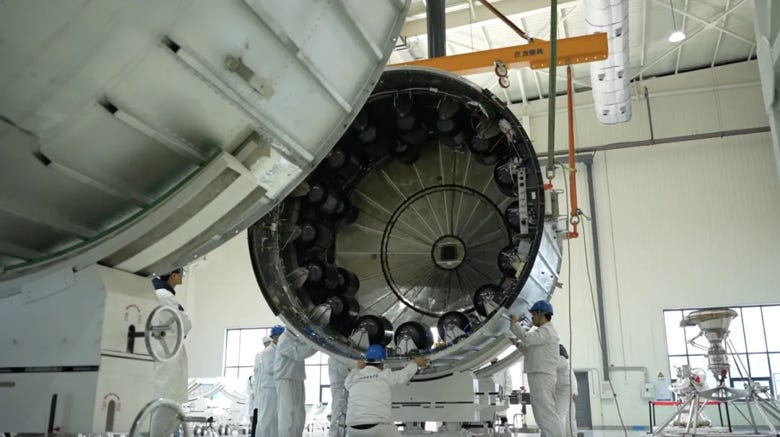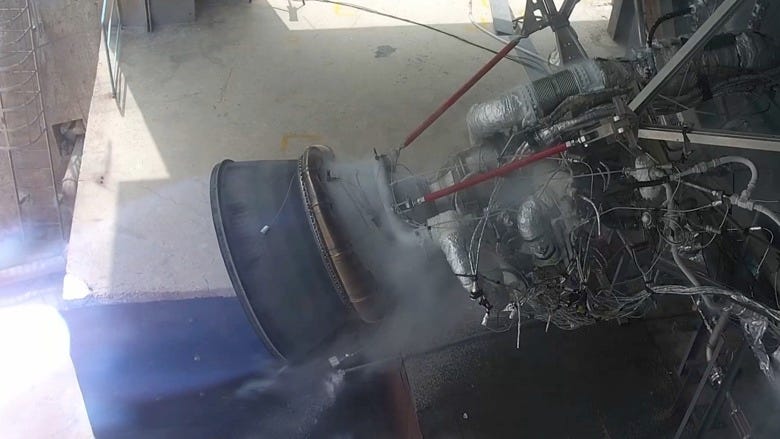Recapping the last two weeks of China space
This post was originally published on April 19th 2024.
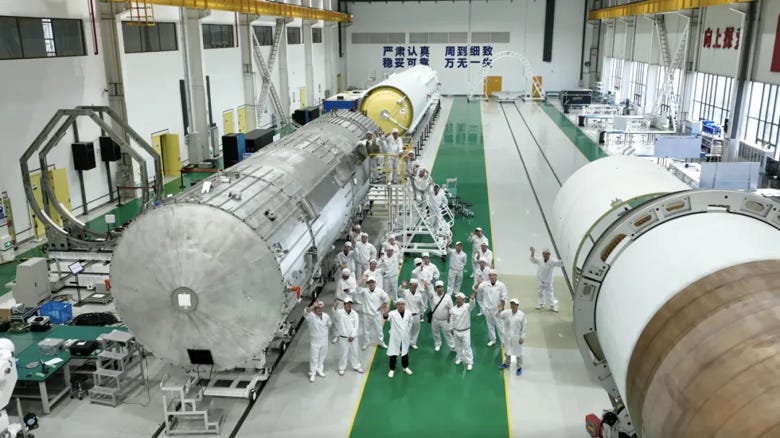
Hey all! Been a little while since I've published anything here. This was due to me finishing up university work and falling ill with covid yet again, don't worry I've been practicing social distancing. Anyway, let's recap some of the goings on since the 5th of April!
Another Long March 2D Launch
A couple of days ago, China launched a Long March 2D from the Jiuquan Satellite Launch Center to sun-synchronus orbit carrying the SuperView Neo 3-01 satellite. The satellite is believed to be one of twenty-eight potential satellites to be operated by China Siwei Survey and Mapping Technology Co Ltd for commercial Earth observation services.
SuperView Neo 3-01, called Gaojing-3 (01) in China, was built by the China Association for Science and Technology for use with China Siwei Survey and Mapping Technology Co Ltd. The company has previously had two pairs of satellites launched in 2016 and 2018, these were Gaojing-1 and Gaojing-2.
The Gaojing-3 (01) satellite is believed to have an image resolution of 0.5 meters in nine image wavelengths with a total imaging area of 130 kilometers.
Light Year Exploration secures 10 million in funding
Small startup Light Year Exploration (光年探索) announced a 10 million Yuan Renminbi angel funding round from venture capital firms Shunrong Capital (顺融资本) and Yuyi Capital (雨逸资本).
The company was founded back in 2022 and is focused on creating components for China's commercial rocket companies rather than opting to build the entire vehicle. Most notably the company has already built stainless steel tanks to demonstrate the company's abilities.
Head of the company, Wang Lipeng, has said the following to media in China: "The production cost of Lightyear Discovery's stainless steel storage tanks is only one-tenth that of aluminum alloy storage tanks, and the manufacturing efficiency is six times that of aluminum alloy storage tanks."
Current plans for the company include a 4-meter diameter tank with a wall width of 1.5 millimeters that can withstand 1000 tons of thrust at launch. Both investor companies are confident with the company's future outlook with its component products.
Zhuque-3 'hopper' to fly to 10km and Zhuque-2 weight savings
LandSpace has kept its recent excellent track record of talking publically about its ongoing efforts for reusability with its new Zhuque-3 launch vehicle. The company stated online that modifications on its Zhuque-3 test vehicle had progressed well and that systems for grid fins and engine restart had been installed.
It also restated that the next flight test will go to a 10-kilometer altitude and land on a landing zone five kilometers away, this landing pad is currently under construction at the Jiuquan Satellite Launch Center. A number of new RCS nozzles have also been installed along with new software updates to the flight computer.
The flight is currently believed to be targeting June, with the vehicle planned to arrive in May. For the flight, the ascent is expected to last 200 seconds with a descent similar to SpaceX's 'grasshopper' program.
It was also found out that LandSpace has managed to make the tanks for Zhuque-2 both lighter and cheaper to produces with their second batch of vehicles. This improvement is believed to have allowed the payload capacity to increase and have allowed LandSpace's profit margins per launch to widen.
This also comes after the company has successfully tested a niobium alloy nozzle for its TQ-15A engine that will debut on the second batch of Zhuque-2 rockets. The nozzle is believed to be 1.3 meters in diameter and 1.6 meters tall when attached to the engine. The TQ-15A is believed to generate 85 tons of thrust with the nozzle and have a specific impulse of 3320 m/s, for reference Merlin 1D from SpaceX has an impulse of 3050 m/s.
China creates Aerospace Force
China's Ministry of Defense has recently announced the creation of it's so-called Aerospace Force. Speaking to reporters, Wu Qian answered questions about what tasks the Aerospace Force undertakes and if it implies any changes to China’s space policy, he answered:
"Space is a shared asset of humanity. Space security provides strategic assurance for national and social development. Building the Aerospace Force is of great significance to strengthening the capacity to safely enter, exit and openly use space, enhancing crisis management and the efficacy of comprehensive governance in space and promoting peaceful utilization of space. China’s space policy is clear. We are committed to peaceful utilization of space and stand ready to work with all countries with the same commitment to strengthen exchanges, deepen cooperation and contribute to lasting peace and common security in space."
The Aerospace Force is likely only going to work on managing China's in-space orbital assets in the short term, with long-term goals harder to pin point at this time. This new part of the Ministry of Defense is also likely a response to the creation of the United States Space Force back in 2019.





